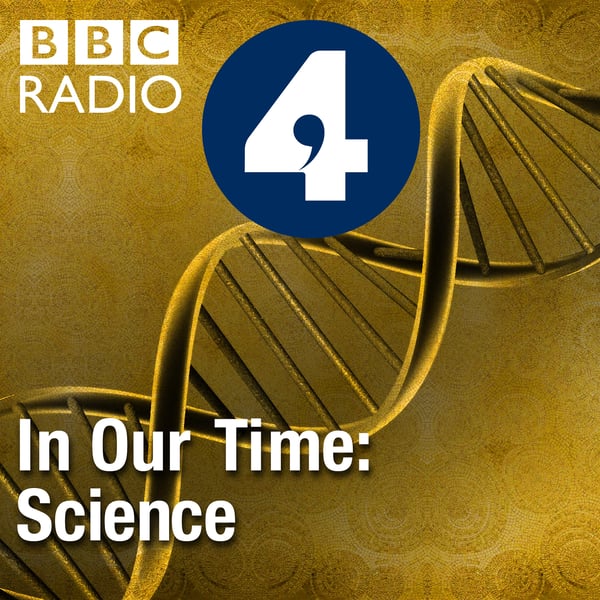The Permian-Triassic Boundary
In Our Time: Science
BBC
4.5 • 1.4K Ratings
🗓️ 28 June 2007
⏱️ 42 minutes
🧾️ Download transcript
Summary
Transcript
Click on a timestamp to play from that location
| 0:00.0 | Thanks for down learning the In Our Time podcast. For more details about In Our Time and for our terms of use, please go to BBC.co.uk. |
| 0:09.0 | I hope you enjoy the program. |
| 0:12.0 | Hello, 250 million years ago in the Permian period of geological time, |
| 0:17.0 | the most ferocious predators on earth were the Gorgonopsians. |
| 0:21.0 | Up to 10 feet in length, they had dog-like heads and huge saber-like teeth. |
| 0:25.7 | Mammals in appearance, their eyes were set in the side of their heads like reptiles. |
| 0:29.4 | In fact, they looked like a cross-boot in a lion and a giant monitor lizard and was so ugly |
| 0:33.7 | that they're named after the Gorgons from Greek mythology creatures that turned |
| 0:37.3 | everything that saw them to stone. Fortunately you'll never meet a Gorgon |
| 0:41.8 | option or any of their descendants because they went extinct at the end of the Permian period and they weren't alone. |
| 0:48.0 | Up to 96% of all life died with them. |
| 0:52.0 | It's the greatest mass extinction the world has ever known |
| 0:55.2 | and it marks what's called the Permin Triassic boundary. But what caused this catastrophe? |
| 1:00.2 | What evidence do we have for what happened? And do events like this tell us about the pattern and process of evolution itself. |
| 1:06.0 | With me to discuss the perm intrastic boundary are Mike Benton, |
| 1:10.0 | Professor of Vertebrate paleontology at the Department of Earth Sciences at the University of Bristol. |
| 1:15.0 | Jane Francis, Professor of Palian Climatology at the University of Leeds, and Richard Corfeld, senior lecture in Earth Sciences at the Open University. |
| 1:23.7 | Richard Corfield, before we talk about the Great Dying, |
| 1:26.0 | what do we know about the world 250 million years ago |
| 1:29.7 | which marks this boundary between the two periods, Permin and Triassic. |
| 1:34.7 | Well, the Permetrassic boundary actually marks the division between two major eras |
| 1:41.0 | of Earth history. |
... |
Please login to see the full transcript.
Disclaimer: The podcast and artwork embedded on this page are from BBC, and are the property of its owner and not affiliated with or endorsed by Tapesearch.
Generated transcripts are the property of BBC and are distributed freely under the Fair Use doctrine. Transcripts generated by Tapesearch are not guaranteed to be accurate.
Copyright © Tapesearch 2025.

